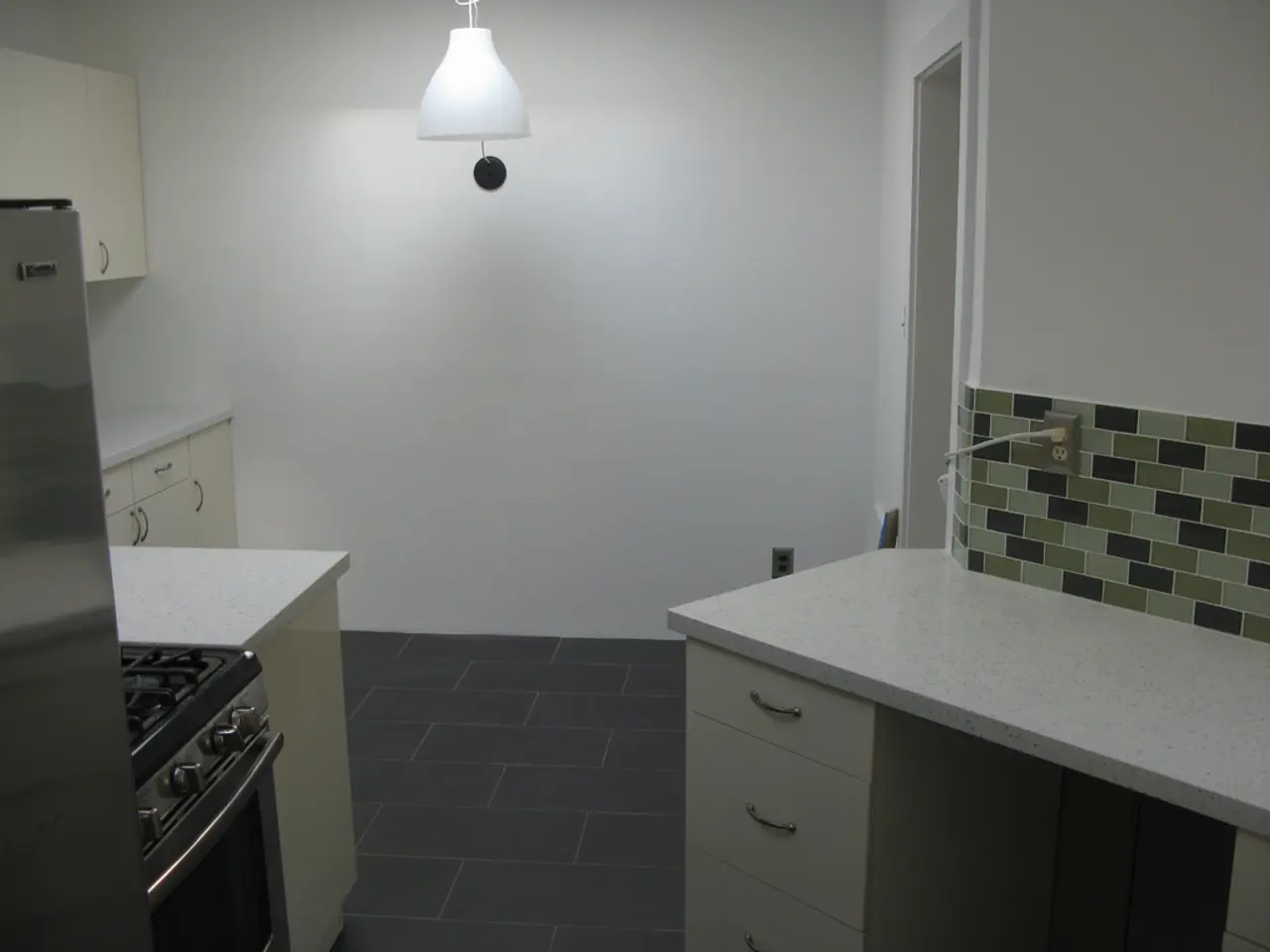Hidden Hazard in Your Sleeping Quarters: Researchers Discover Reasons for Frequent Illnesses in Bedrooms
Modern apartments, with their sleek designs and energy-efficient features, are often associated with a sense of comfort and luxury. However, they can also pose health risks due to factors such as poor indoor air quality, moisture accumulation, and the use of certain construction materials.
One of the primary causes of discomfort in modern apartments is the penetration of volatile organic compounds (VOCs) into the air. These chemicals, found in lacquers, paints, adhesives, laminate, and new linoleum, can cause irritation of the eyes, nose, and throat, and reduce local immunity. Examples of VOCs released from construction materials include formaldehyde, benzene, toluene, and xylene.
Moisture accumulation in concrete, gypsum, and putty creates an ideal environment for the growth of mold fungi, particularly in the first years after a new building is handed over, when construction mixtures and plasters are still not completely dry. Mold fungi can cause allergies, throat irritation, and exacerbation of respiratory problems like bronchial asthma.
The issue of ventilation deficiency in modern residential complexes is directly linked to the sharp increase in illnesses among residents. Poor ventilation traps moisture and airborne contaminants, promoting mold growth. Doctors recommend not skimping on regular ventilation, even in cold weather, and ideally, installing intake ventilation valves.
The trend towards energy efficiency in modern apartments can exacerbate health issues, as residents often create an airtight environment, preventing the dissipation of harmful compounds. This, combined with hermetically sealed plastic windows and poor ventilation, can lead to a critical situation, with rooms not being aired, harmful substances accumulating, and humidity remaining high throughout the season.
However, there are steps that can be taken to make modern apartments safe and healthy living spaces. The primary strategy is to select low- or zero-VOC materials for construction. Using untreated oak wood for walls, magnesium oxide boards that resist mold, moisture, VOCs, and toxins, and natural lime plaster can significantly improve air quality and reduce allergens.
Regular air quality testing and inspections can detect hidden mold or asbestos issues early. Asbestos, common in older buildings, poses serious risks such as lung disease when disturbed. Modern policies emphasize resilient building design and upgrading infrastructure to improve safety and health outcomes.
In summary, careful choice of construction materials with low chemical emissions, maintaining good airflow, and proactive detection of hazards like mold and asbestos are key strategies to reduce health risks in modern apartments. A modern apartment should not only be beautiful but also environmentally safe.
- Science in the field of environmental health suggests that certain workplace-wellness practices may improve the well-being of occupants in modern apartments, such as fitness-and-exercise regimens, skin-care routines, and therapies-and-treatments for stress reduction.
- To further enhance the health and wellness of apartment residents, incorporating proper nutrition into daily routines is essential, as it provides the necessary vitamins, minerals, and nutrients required for energy, immune function, and overall health improvement.
- With proper maintenance strategies and proactive approaches to health and wellness, modern apartments can be transformed into vibrant living spaces that support the well-being of their occupants, both mentally and physically.
- Health-and-wellness-conscious consumers looking for an environmentally safe living space should prioritize modern apartments constructed with low-VOC materials, proper ventilation, and efficient waste management systems that minimize the impact on the surrounding environment.




